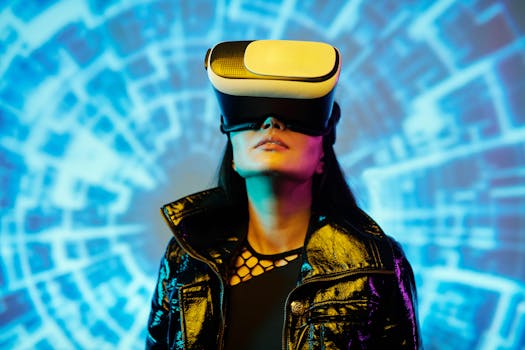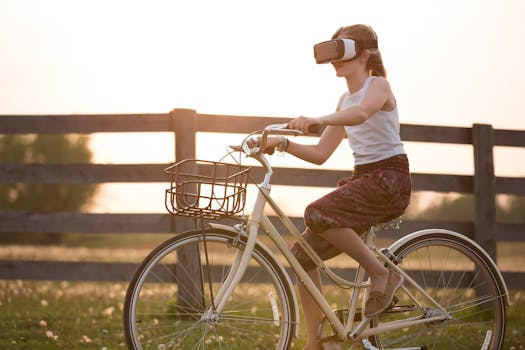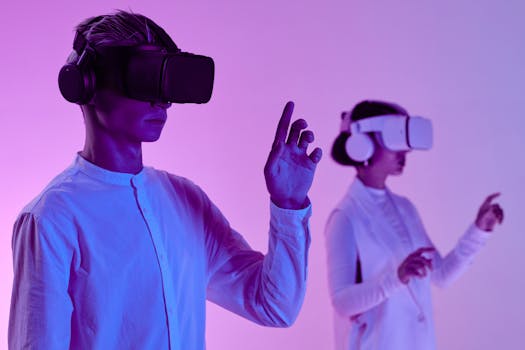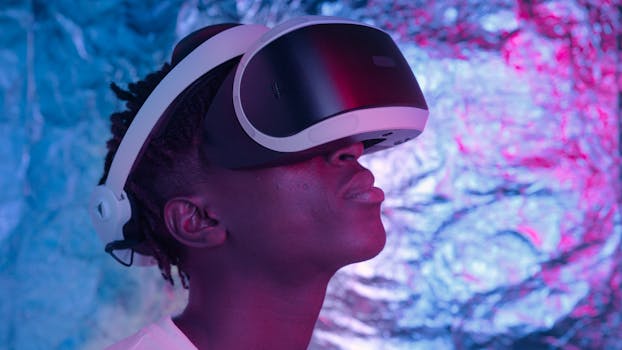
Introduction to Virtual Reality Exhibits

Virtual reality (VR) technology has come a long way, offering immersive experiences that transport visitors to different worlds. From art galleries to historical recreations, VR exhibits are redefining how we interact with our surroundings. This article explores the impact of virtual reality exhibits and their ability to engage and educate visitors in ways traditional displays cannot.
The Evolution of VR Technology

The journey of virtual reality technology began decades ago, but it has gained significant traction in recent years. With advancements in hardware and software, VR has become more accessible and affordable. This section delves into the key milestones in the evolution of VR technology, highlighting how it has paved the way for immersive exhibits that captivate audiences.
Types of Virtual Reality Exhibits

Virtual reality exhibits come in various forms, catering to diverse interests. Some of the most popular types include:
- Art Exhibits: Artists use VR to create immersive environments that enhance the viewing experience.
- Historical Reconstructions: Museums utilize VR to recreate historical events, allowing visitors to experience the past firsthand.
- Science and Nature Exhibits: VR can transport users to the depths of the ocean or the far reaches of space, providing educational experiences that are both engaging and informative.
The Benefits of VR Exhibits

Virtual reality exhibits offer numerous benefits, making them an attractive option for museums, galleries, and educational institutions. Some of the key advantages include:
- Enhanced Engagement: VR captures attention and immerses users in experiences that traditional exhibits cannot match.
- Accessibility: VR can make experiences available to those who may not be able to visit physical locations due to distance or mobility issues.
- Interactive Learning: VR promotes active participation, making learning more effective and enjoyable.
Future of Virtual Reality Exhibits

The future of virtual reality exhibits looks promising as technology continues to evolve. Innovations in VR hardware, software, and content creation are expected to enhance the quality and scope of immersive experiences. This section discusses potential trends and developments in the VR exhibit space, including the integration of augmented reality and artificial intelligence.
Conclusion

As virtual reality technology continues to advance, its application in exhibits will expand, offering visitors unprecedented opportunities to explore different worlds. With its ability to engage, educate, and inspire, VR is set to revolutionize the way we experience culture, history, and science.







